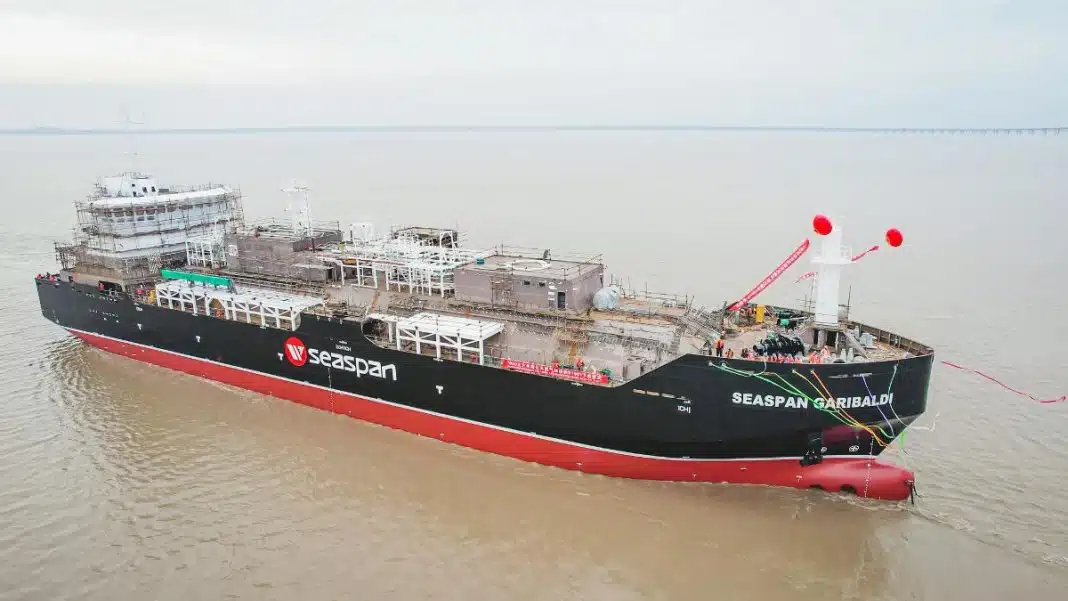Seaspan Energy is celebrating the new year with the launch of its first of three 7600m3 LNG bunkering vessels, the Seaspan Garibaldi, named after Mount Garibaldi, or “Nch’ḵay̓” as the Squamish Nation has known it for thousands of years. This series of vessels will be named after iconic West Coast mountains and the first two vessels will be delivered in 2024 with the third vessel arriving in 2025.
The Seaspan Garibaldi is set to deliver low-carbon solutions to the global market and will be based in the Panama region, and the second vessel is targeted to support the West Coast market as it develops.
“There is significant global interest in developing and investing in LNG bunkering solutions and Seaspan Energy is uniquely positioned to provide leadership in this growing market because of our advanced LNG capabilities and expertise,” said Ian McIver, President of Seaspan Energy. “Developing an LNG bunkering business is a natural progression for Seaspan, as the company already provides traditional fueling services and is a highly experienced LNG vessel operator with a fleet of hybrid ferries that operate primarily on LNG.”
The Seaspan Garibaldi is 112.8 meters in length, 18.6 meters in width, 5 meters in draft, with a design speed of 13 knots. The LNG bunkering vessels are being built by CIMC Sinopacific Offshore & Engineering (CIMC SOE), one of the most experienced small-scale gas carrier shipyards in the world, having delivered more than 30 LNG gas carriers.
For the design of the LNG Bunker Vessels, Seaspan worked closely with the Canadian-based team at VARD Marine Inc. to incorporate emerging technologies resulting in a decrease in emissions and underwater noise. The design is focused on safe, efficient, and economical refuelling of multiple ship types with an ability to transfer to and from a wide range of terminals. The design will allow the vessel to engage in ship-to-ship LNG transfer and coastal and short-sea shipping operations.












